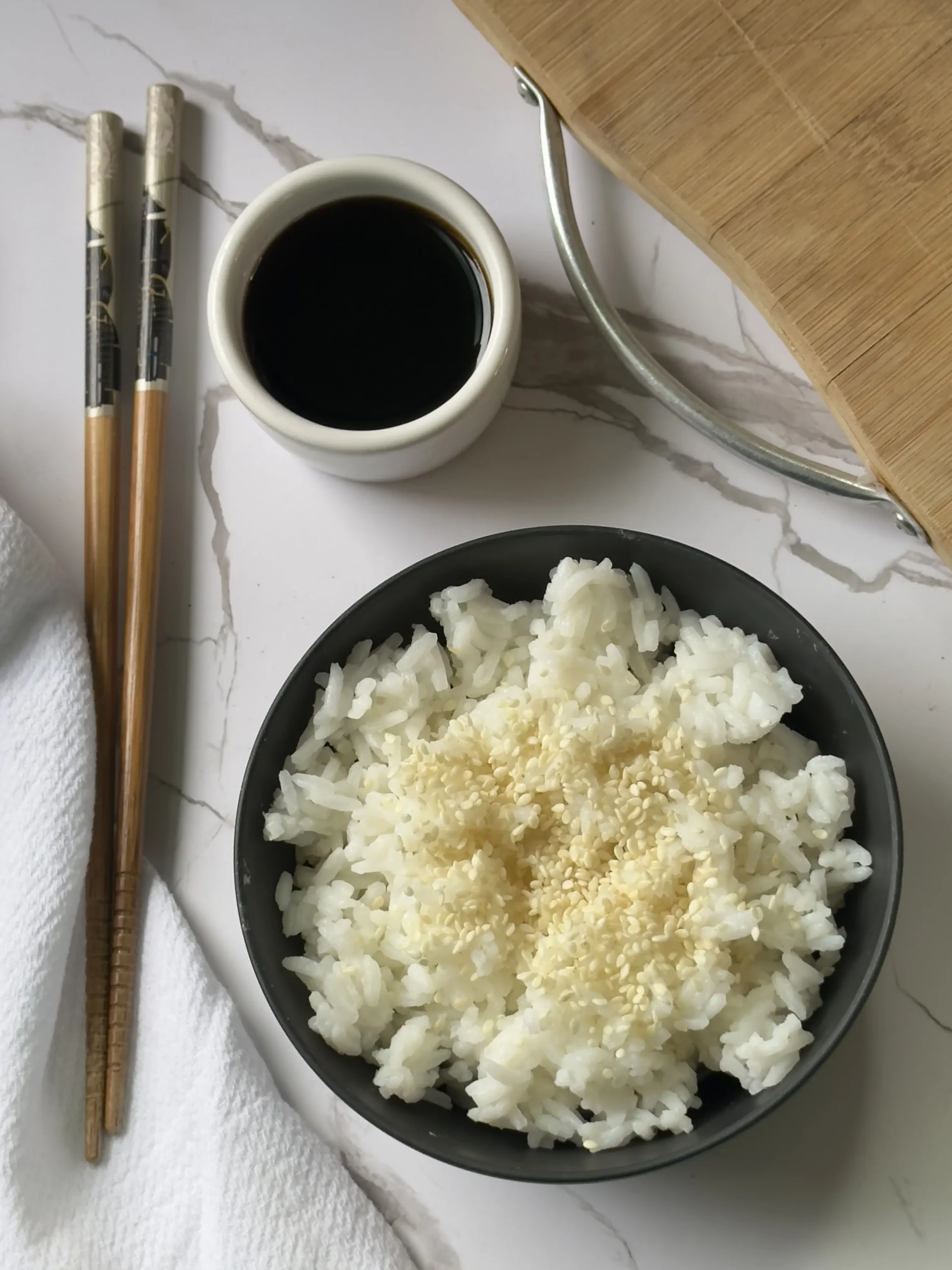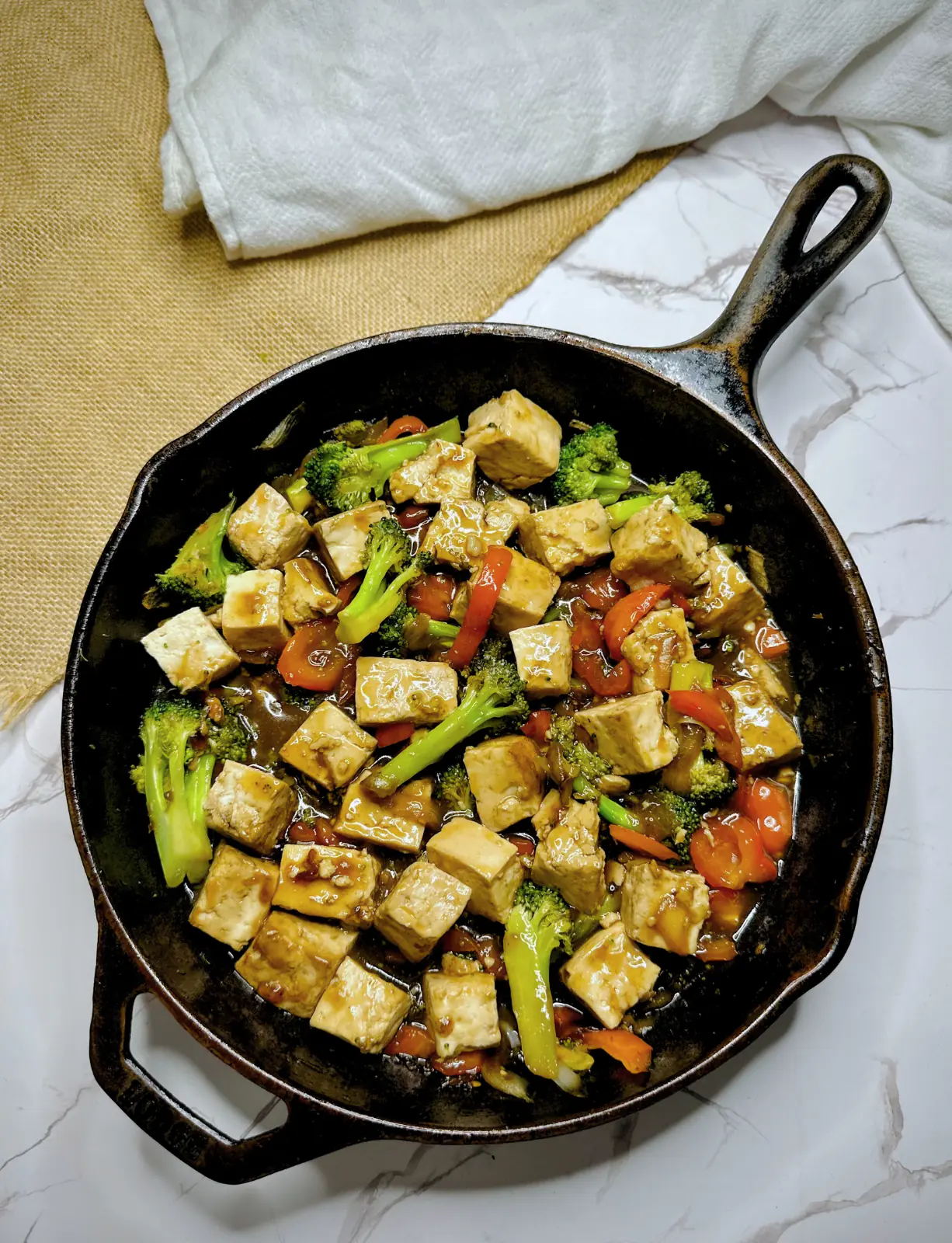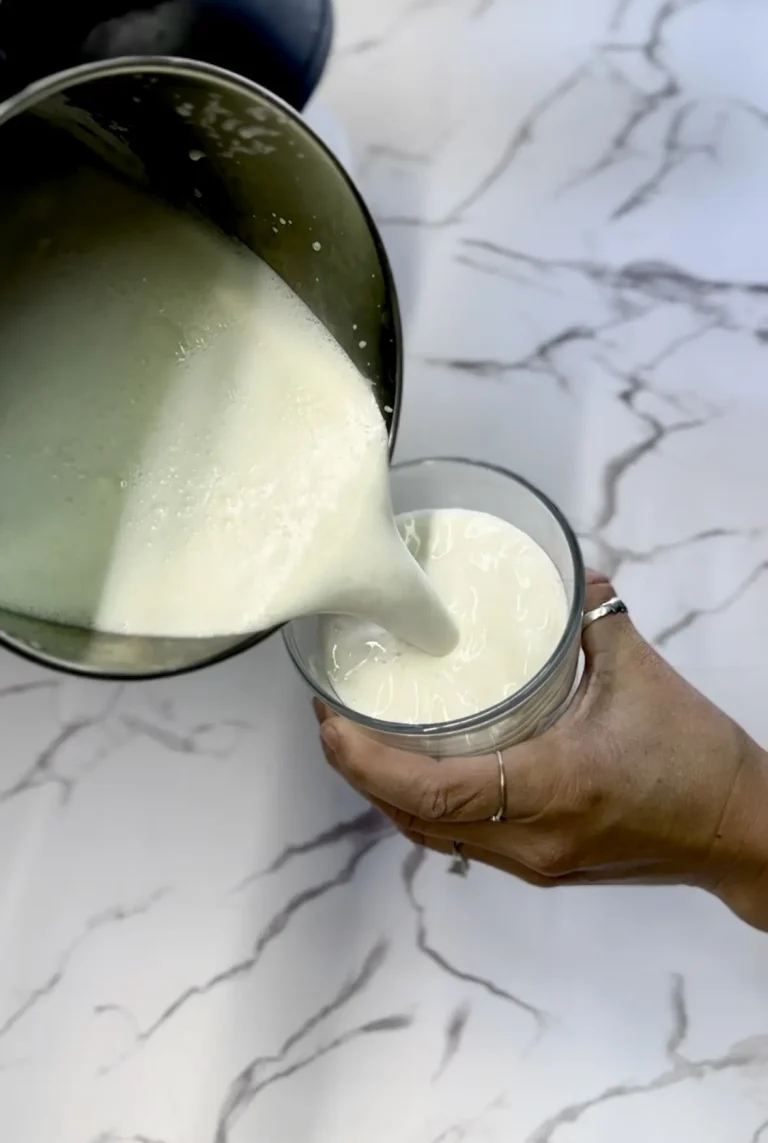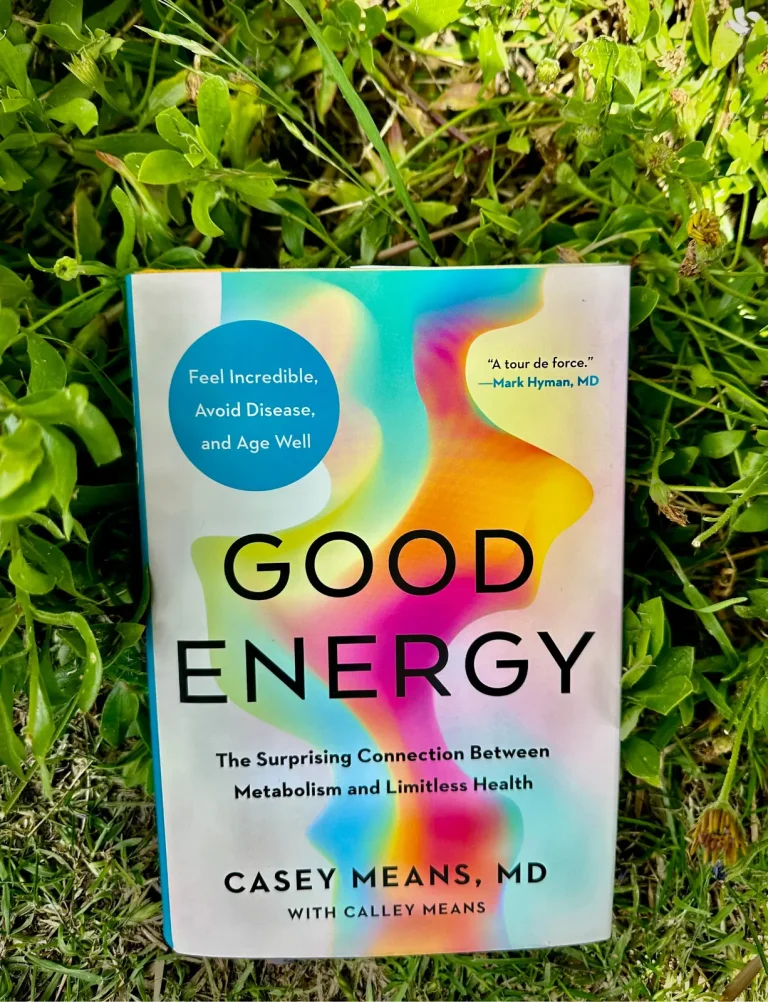How To Reduce Arsenic In Rice
Arsenic and rice. Not a pair of words you’d want to see together. And yet, here we are. This post will explain how to reduce arsenic in rice, and why there is even arsenic there.
This post is not designed to scare anyone who didn’t know that arsenic is often found in rice.
How often? Well, most of the time.
How much arsenic? That’s a different story.
First, let’s understand why arsenic is in rice in the first place…
Why Is Arsenic In Rice?
Like many plants, rice absorbs stuff from the soil it’s grown in. Rice is a rockstar at soaking things up–yay for broth, nay for heavy metals–and it’s also commonly grown in fields that have been contaminated by past-used arsenic-containing pesticides, plus naturally occurring arsenic.

There is organic and inorganic arsenic, and it makes a big difference which one we’re talking about.
According to the CDC:
“Inorganic arsenic compounds are found in soils, sediments, and groundwater… as a result of mining, ore smelting, and industrial use of arsenic. Organic arsenic compounds are found mainly in fish and shellfish. In the past, inorganic forms of arsenic were used in pesticides and paint pigment.”
Organic arsenic is considered harmless. Inorganic is the dangerous kind. Unfortunately, studies have shown plenty of inorganic arsenic in rice.
And don’t get this even more confused with organic vs. conventional rice. Organic rice has arsenic, too.
You guys ready for more complications?
Arsenic in Brown Rice Vs. White Rice
White rice is just brown rice with the outer layers (bran and germ) removed. Inorganic arsenic is found in higher levels in those layers, therefore brown rice in general is higher in arsenic than white rice.
If you ask anyone on the street, they would likely say that brown rice is healthier than white rice. Brown rice is considered a complex carb, white is considered refined.
Complex carbs take longer to digest and cause less of a blood sugar spike, while refined carbs tend to get insulin jumping through the roof.
On the other hand, an FDA investigation found that the average concentrations of inorganic arsenic are 92 ppb in white rice, 154 ppb in brown rice, 104 ppb in infants’ dry white rice cereal, and 119 ppb in infants’ dry-brown rice cereal.
At the end of the day, it really just depends which thing you are more worried about: diabetes and weight gain, or arsenic.
And maybe for everyone it should be arsenic, since the FDA study mentioned above concluded that arsenic exposure is associated with diabetes and obesity, anyway – plus cancers, cardiovascular disease and hypertension.
Where Should Your Rice Come From?
You can reduce arsenic in rice by choosing rice from less arsenic-contaminated places.
Ohio State University dug into research by Current Environmental Health Reports, and reported that “rice grown in Nepal, north India or north Pakistan is considered to have the least amount of arsenic because these regions have less arsenic in their soil and water. Basmati or Jasmine rice typically are also lower in arsenic compared to other varieties.”
Almost every grocery store I visit has basmati rice from India, so that’s usually what I choose.
Anything Else You Need To Know?
Now we have a little better understanding of what affects the amount of arsenic in rice: where the rice is grown and what type of rice it is (brown vs. white rice). But wait! There is one more factor to consider, which is how processed the rice is.
Processed rice products are higher in arsenic than rice alone.
If you’re wondering what processed rice foods are, think no further than brown rice pasta, brown rice cereal and brown rice BABY FOOD. Yes, I said it. Baby food (see FDA levels above). Do with that information what you will.
(What I did was throw away every little puff, cake and teething cracker from the back of the pantry never to buy them again.)
Do You Need To Be Concerned?
According to all the studies I mentioned, more research needs to be done to reach a conclusion. There are countless people in countless societies around the globe who eat ample amounts of rice every day and live to be 100.
Seriously, it’s true.
Then again, it’s a tough thing to study without taking into consideration what other activities people are doing.

When I moved to Japan, the first thing I noticed was that almost everyone traveled by bicycle. (Small used bike shops can be found every few miles, where my first bike cost me 5000 yen/about 30 bucks.)
The second thing I noticed was that every other person riding said bicycles also had a cigarette hanging from their lips.
I’m not just using Japanese people as an example because they eat tons and tons of rice. But, if we were to take a look, they also have exercise built into their lives, they eat small portions (“hara-hachi-bu”) and they generally have a quiet and peaceful culture.
As with any culture, there are downsides, like smoking, overworking, and possibly eating mass amounts of arsenic-filled rice.
But like all things humans do in all places, balance somehow comes naturally. Things figure themselves out. You can eat super healthily and get hit by a bus, or drink whiskey and salt every day and live to be 97 (my grandmother, still going strong).
My natural instinct is to worry, then remember that stress is probably doing just as much harm as whatever I’m worried about. So I tried to learn how to reduce arsenic in rice in my own kitchen, and left it at that.
Ie. I would never skip fried rice on Chinese takeout night because I’m thinking about arsenic.
What’s A Consumer To Do At Home?
If you eat a ton of brown rice, maybe switch to white sometimes. Better yet, eat some different grains that don’t absorb so much arsenic, like quinoa, bulgur, millet or farro.
And for those of you (me) who still want to eat rice, listed below are some things you can do.

How To Reduce Arsenic In Rice:
Before even turning the stove on, rinse your rice in cold water. (Some people do this anyway to remove excess starch.) Ohio State University claims this reduces arsenic by 10%.
Then, boil your rice in a lot of water. Most package instructions will say to use a certain amount of cups so that all water is absorbed, but you can reduce the arsenic by discarding half the water that absorbed it.
OSU claims that by using 6 cups of water per 1 cup of rice, arsenic is reduced by 40-60%.
If you want to take it a step further, add in the method I’ve been doing for years. It’s kind of a pain, not gonna lie – but for the ones I love, I’ll do it every time.
The Routine:
I follow pretty much the exact steps above, using about 6 cups of water for 1 cup of rice. When the water is boiling, I add the rice, cook it for 5 minutes, then drain and give it a quick rinse.
Then I return the drained and rinsed rice back to the pot, add back in ¾ of what the package instructions said per cup, and simmer 15 additional minutes.
If that sounds confusing, it’s because it slightly is. But once you have it down, it becomes second nature.
Most white rice calls for 20 minutes of simmering. Since the first 5 minutes have now been done, I have 15 minutes left. Basically, one quarter of cooking/water absorption is done, so ¾ of water requirements are still needed.
So if I’m making 1 cup of rice that needs 2 cups of water total, I will return the drained and rinsed hot rice back to the pot and bring back to a boil with 1.5 cups of water.
Then I simply simmer for 15 minutes longer, and go with the rest of the package instructions (which are usually to remove from heat, sit covered for 10 minutes, then fluff with a fork.)
If you skip my extra step, then just go from step 2 right to step 4, which is giving the rice an extra rinse at the end. If you followed my extra step, you don’t need to do this. You’ll be reducing the arsenic way more this way.
Hopefully that all makes sense and you now have a better sense of how to reduce arsenic in rice.
It’s a bit of extra work, but I try make it worth my time by always making a big batch.
I also vary my grains, and stick with plain old white rice when it’s stir fry or stew night.
We love a good side around here! If you’re looking for more sides, try these:
- Purple Cabbage Coleslaw
- Copycat Chipotle Cilantro Lime Rice
- Sweet Potato Green Salad
- Mediterranean Chickpea Salad
- Homemade Hummus
- Greek Tzatziki
Did Someone Say Stir Fry Night?
At our house, stir fry night means quick, easy dinner night, which means I’m a happy camper. This tofu broccoli stir fry just begs for a side of rice.
Arsenic-free please!
A Yummy Stew Calls For Rice
No matter the type, in my book stews and curries always require a side of rice. This South African chicken potato stew is no exception!
Serve it with warm white rice, sprinkled with cilantro and/or parsley for fun!

How To Reduce Arsenic In Rice
Ingredients
- 1 cup white rice
Instructions
- Add rice to a colander and rinse.
- Bring 6 cups of water to a boil. Add rice. Cook for 5 minutes.
- Drain and rinse rice, then return to pot. Add in 1.5 cups of water, and bring to a boil.
- When water is boiling, reduce heat to low and simmer for 15 minutes.
- Remove from heat and leave the lid on. Let the rice steam, covered, for 10 minutes. Then fluff with a fork before serving.








